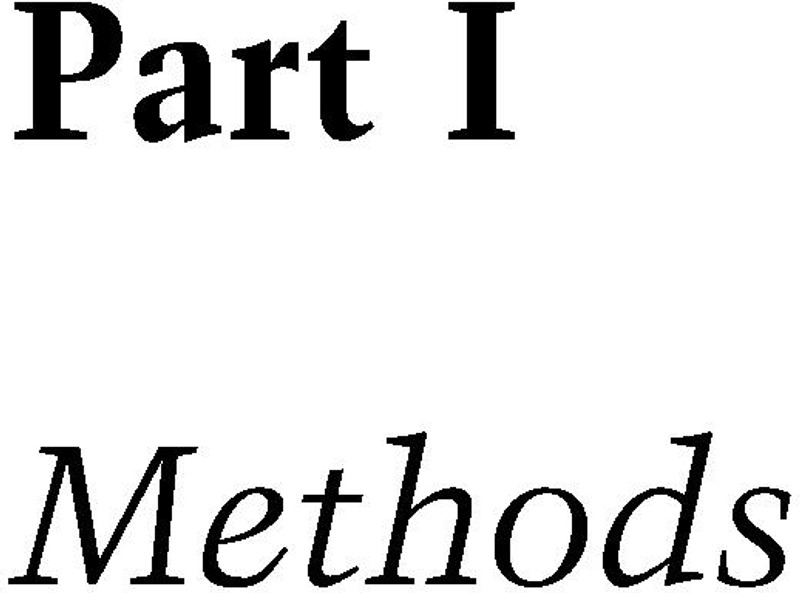Book contents
- The New Cambridge Companion to Biblical Interpretation
- Cambridge Companions to Religion
- The New Cambridge Companion to Biblical Interpretation
- Copyright page
- Contents
- Figures
- Contributors
- Acknowledgments
- Abbreviations
- Introduction
- Part I Methods
- Part II Frameworks/Stances
- Part III Reception
- Scripture Index
- General Index
- Cambridge Companions to Religion
- References
Part I - Methods
Published online by Cambridge University Press: 15 October 2022
- The New Cambridge Companion to Biblical Interpretation
- Cambridge Companions to Religion
- The New Cambridge Companion to Biblical Interpretation
- Copyright page
- Contents
- Figures
- Contributors
- Acknowledgments
- Abbreviations
- Introduction
- Part I Methods
- Part II Frameworks/Stances
- Part III Reception
- Scripture Index
- General Index
- Cambridge Companions to Religion
- References
Summary

- Type
- Chapter
- Information
- The New Cambridge Companion to Biblical Interpretation , pp. 13 - 150Publisher: Cambridge University PressPrint publication year: 2022
References
Further Reading
Further Reading
Further Reading
Primary sources are readily available and the reader is encouraged to attend to these. However, for the uninitiated they are not easy and below is a list of useful secondary sources.



